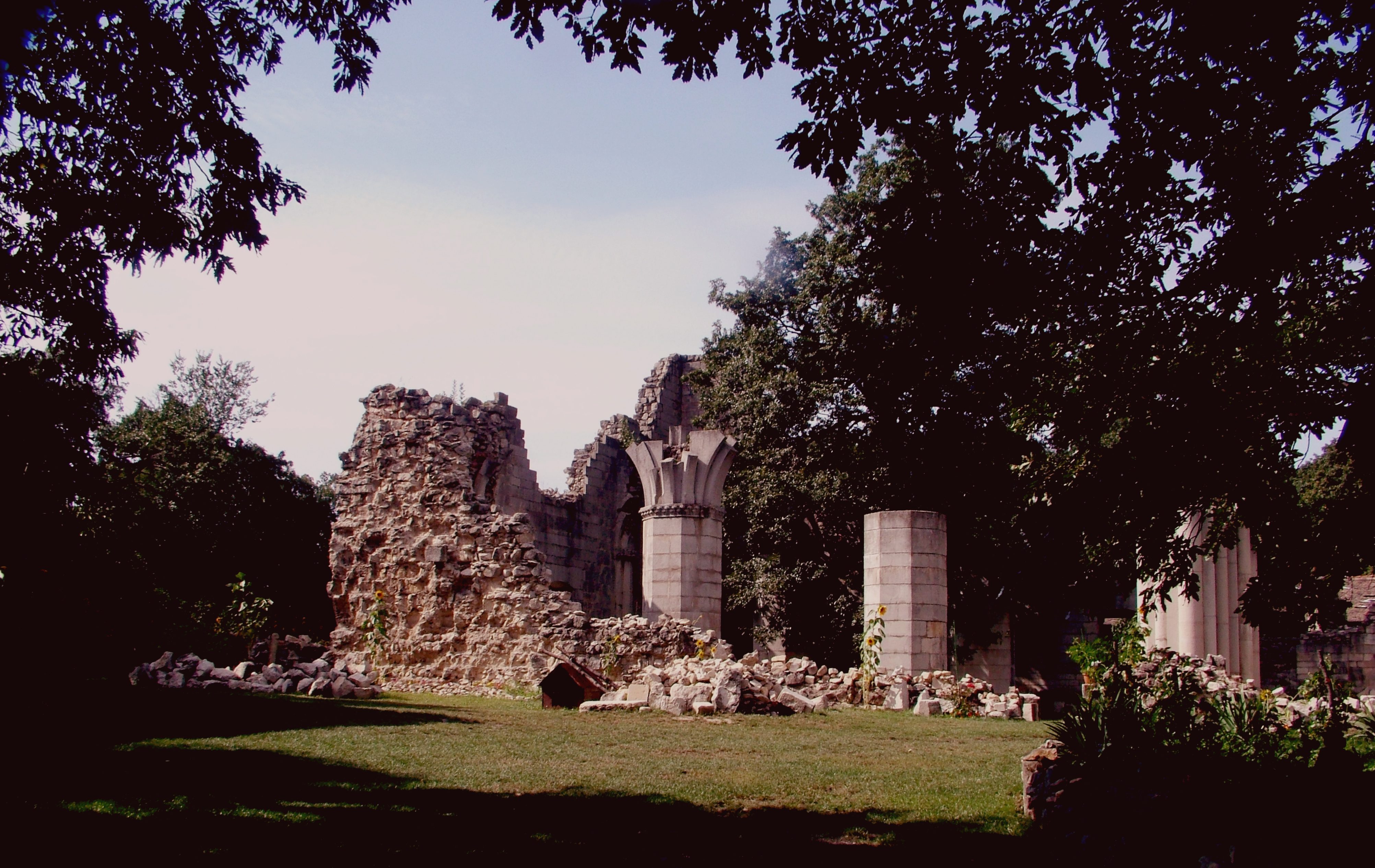|
Ugrin Csák (archbishop Of Esztergom)
Ugrin from the kindred Csák (; died 1204) was a Hungarian prelate at the turn of the 12th and 13th centuries, who served as Bishop of Győr from 1188 to 1204, then briefly Archbishop-elect of Esztergom in 1204. Family Ugrin was born into the ''gens'' (clan) Csák. According to the ''Gesta Hunnorum et Hungarorum'' ("Deeds of the Huns and Hungarians"), the ancestor of the kindred was Szabolcs, son of chieftain Előd, the leader of one of the seven Magyar tribes, who participated in the Hungarian conquest of the Carpathian Basin in the late 9th century. Accordingly, Szabolcs' grandson was Csák, founder of the namesake clan and contemporary of Grand Prince Géza, then King Stephen I. Historian Gyula Kristó proposed that Ugrin was presumably the son of that ''comes'' Ugrin, who owned the Vértesszentkereszt Abbey in the Vértes Hills in 1146. Historian Pál Engel considered, Ugrin belonged to the Kisfalud branch of the ''gens'' Csák.Engel: ''Genealógia'' (Genus Csák, 4. Kisfal ... [...More Info...] [...Related Items...] OR: [Wikipedia] [Google] [Baidu] |
Archbishop Of Esztergom
In Christian denominations, an archbishop is a bishop of higher rank or office. In most cases, such as the Catholic Church, there are many archbishops who either have jurisdiction over an ecclesiastical province in addition to their own archdiocese (#Non-metropolitan_archiepiscopal_sees, with some exceptions), or are otherwise granted a Titular bishop, titular archbishopric. In others, such as the Lutheranism, Lutheran Church of Sweden, the title is only borne by the leader of the denomination. Etymology The word ''archbishop'' () comes via the Latin . This in turn comes from the Greek language, Greek , which has as components the etymons -, meaning 'chief', , 'over', and , 'guardian, watcher'. Early history The earliest appearance of neither the title nor the role can be traced. The title of "metropolitan" was apparently well known by the 4th century, when there are references in the canons of the First Council of Nicæa of 325 and Synods of Antioch, Council of Antioch of 341 ... [...More Info...] [...Related Items...] OR: [Wikipedia] [Google] [Baidu] |
Vértes Hills
Vértes is a mountain range in north-western Hungary, in the Central Transdanubian region, between the ranges Bakony and Gerecse. The Vértes Mountains are part of the Transdanubian Mountains. Geography The area of the Vértes occupies . It is about 30 km long and 10–15 km wide. The average altitude is above sea level is 350 meters; its highest points are 487 m (Nagy-Csákány), 480 m (Körtvélyes) and 479 m (Csóka-hegy). Geologically the Vértes constitute a fairly uniform structure. On the surface of the entire mountain there are no older rocks than those of the mid-Triassic. The main rock is dolomite—CaMg(CO3)2—from the upper Triassic. All the layers are ancient marine deposits. The Vértes possesses a well-developed valley network (1260 km), but in spite of this spring and rivers are very rare in the mountain. Yearly sunshine duration is around 1950–2000 hours. The average annual temperature above the height of 350 meters ... [...More Info...] [...Related Items...] OR: [Wikipedia] [Google] [Baidu] |
Kalocsa
Kalocsa (; or ''Kalača''; or Калоча; ) is a town in Bács-Kiskun county, Hungary. It lies south of Budapest. It is situated in a marshy but highly productive district, near the left bank of the Danube River. Historically it had greater political and economic importance than at present. Description Kalocsa is the Episcopal see of one of the four Catholic archbishops of Hungary. Amongst its buildings are a fine cathedral, the archiepiscopal palace, an astronomical observatory, a seminary for priests, and colleges for training teachers. The residents of Kalocsa and its wide-spreading communal lands are chiefly employed in the cultivation of paprika, fruit, flax, hemp and cereals, in the capture of waterfowl and in fishing. Kalocsa is one of the oldest towns in Hungary. The present archbishopric, founded about 1135, is a development of a bishopric said to have been founded in 1000 by King Stephen the Saint. It suffered much during the 16th century from the invasions of O ... [...More Info...] [...Related Items...] OR: [Wikipedia] [Google] [Baidu] |
Isaac II Angelos
Isaac II Angelos or Angelus (; September 1156 – 28 January 1204) was Byzantine Emperor from 1185 to 1195, and co-Emperor with his son Alexios IV Angelos from 1203 to 1204. In a 1185 revolt against the Emperor Andronikos Komnenos, Isaac seized power and rose to the Byzantine throne, establishing the Angelos family as the new imperial dynasty. His father Andronikos Doukas Angelos was a military leader in Asia Minor (c. 1122 – aft. 1185) who married Euphrosyne Kastamonitissa (c. 1125 – aft. 1195). Andronikos Doukas Angelos was the son of Constantine Angelos and Theodora Komnene (b. 15 January 1096/1097), the youngest daughter of Emperor Alexios I Komnenos and Irene Doukaina. Thus Isaac was a member of the extended imperial clan of the Komnenoi. Rising by revolt Niketas Choniates described Isaac's physical appearance: "He had a ruddy complexion and red hair, was of average height and robust in body". During the brief reign of Andronikos I Komnenos ... [...More Info...] [...Related Items...] OR: [Wikipedia] [Google] [Baidu] |

